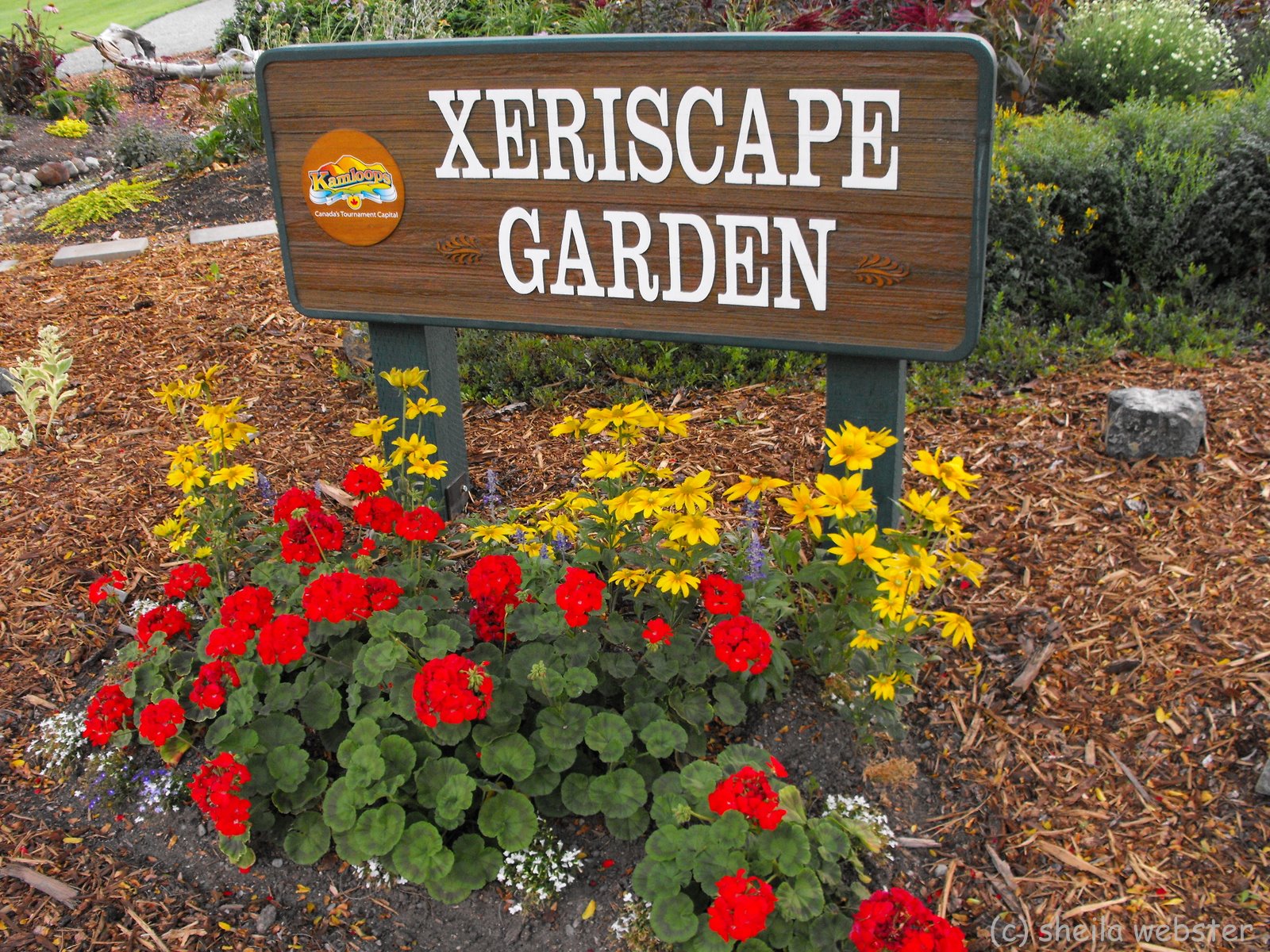How to Design Residential Plumbing System to Save Water
These days, we are familiar with the idea that designing a home in a certain way can help reduce the overall utility bills in the long-term as well as saving the planet. Moreover, now that certain areas of America have water shortages, some may feel they have no other choice but to design their home from the bottom up with environmentally friendly features in order to keep using water in the way they are accustomed. When you are building a new home, it is better to put certain features in the forefront of your design plan instead of trying to incorporate them later. A good example is designing a residential plumbing system that will save you water and money. To get a better idea of how building new house with water saving features is much easier than expected, keep reading.




